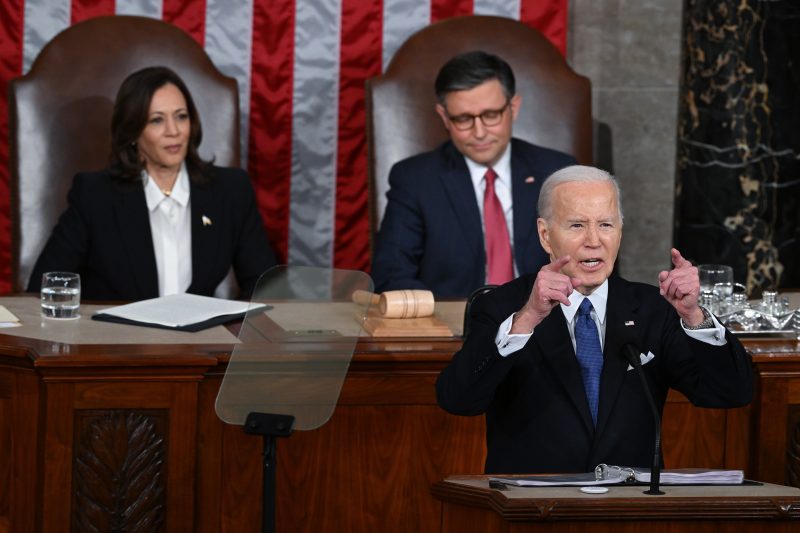The recent State of the Union address by President Joe Biden was highly anticipated and generated a great deal of hype in the lead-up to the event. However, early polling data following the address suggests that the public’s reaction may not quite match the initial enthusiasm. While the hype surrounding such a significant speech is expected, it is important to delve deeper into the reasons behind the discrepancy between expectations and public perception.
One possible explanation for the discrepancy in early polling data could be the polarization of American politics. In today’s politically charged environment, individuals on both sides of the aisle may enter into events like the State of the Union address with preconceived notions and biases. This polarization can color how individuals perceive the speech, leading to divergent reactions and opinions in early polling.
Another factor that may contribute to the disparity between the hype and the polling data is the influence of media coverage. The build-up to major events like the State of the Union address is often characterized by extensive media coverage and analysis, which can shape public expectations and perceptions. If the media coverage leading up to the address was particularly positive or negative, it may have influenced how individuals viewed the speech and subsequently affected the polling data.
Additionally, the content of the State of the Union address itself may have played a role in shaping public opinion. Depending on the specific policy proposals and messages delivered by President Biden, different segments of the population may have reacted in varying ways. For example, if certain policy initiatives or statements resonated strongly with specific demographics, this could be reflected in the polling data.
Furthermore, the timing of the polling data collection can also impact the results. Public opinion can be fluid and may evolve in the days following a major event like the State of the Union address. Early polling data may capture only a snapshot of initial reactions, which may not fully represent the broader sentiment of the population over time.
In conclusion, while the anticipation and hype surrounding events like the State of the Union address are inevitable, it is important to consider various factors that may influence early polling data. Political polarization, media coverage, the content of the speech, and the timing of polling data collection can all contribute to discrepancies between expectations and public perception. By critically examining these factors, we can gain a more nuanced understanding of the public’s reaction to major political events and their implications for the broader political landscape.

